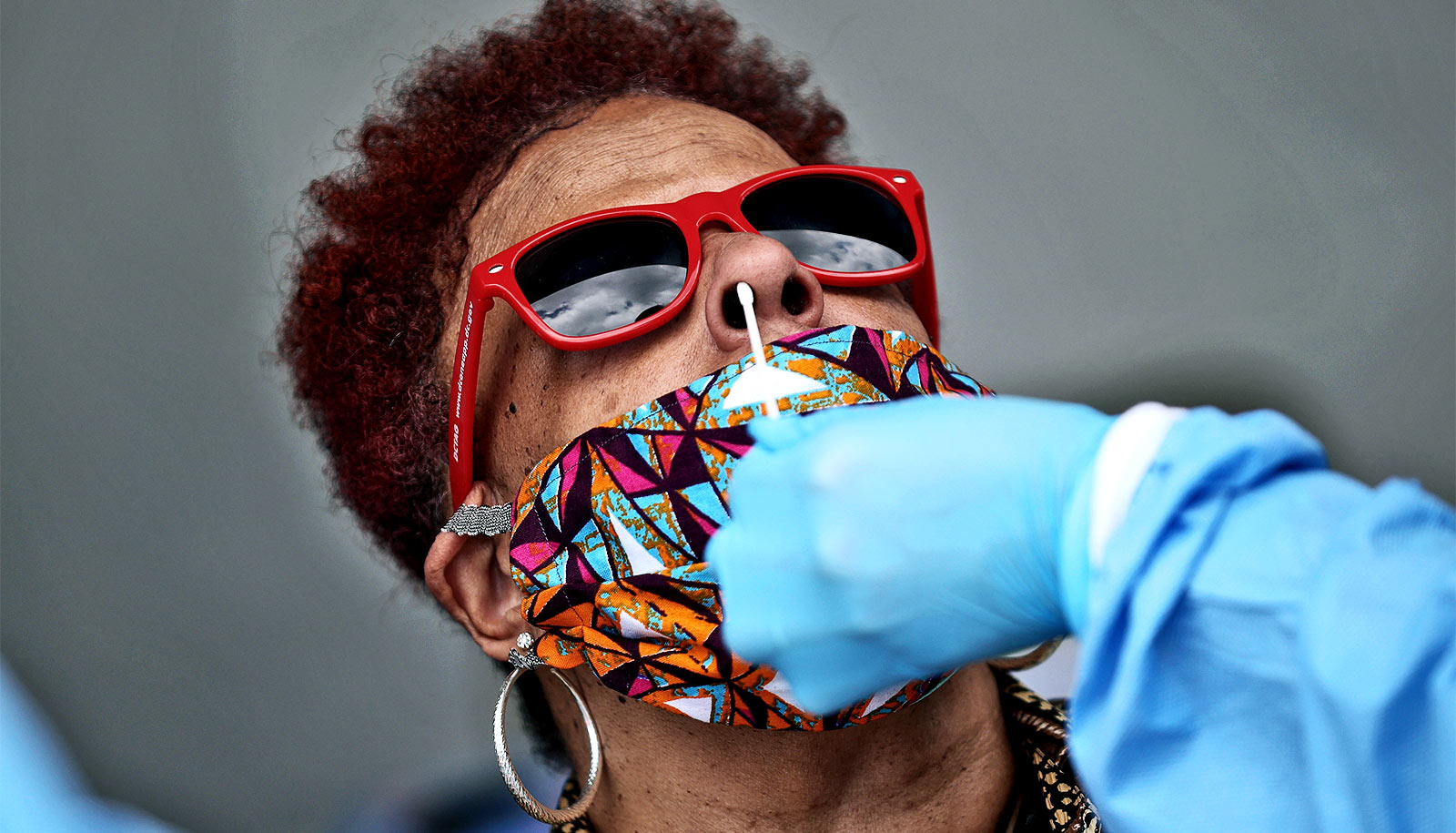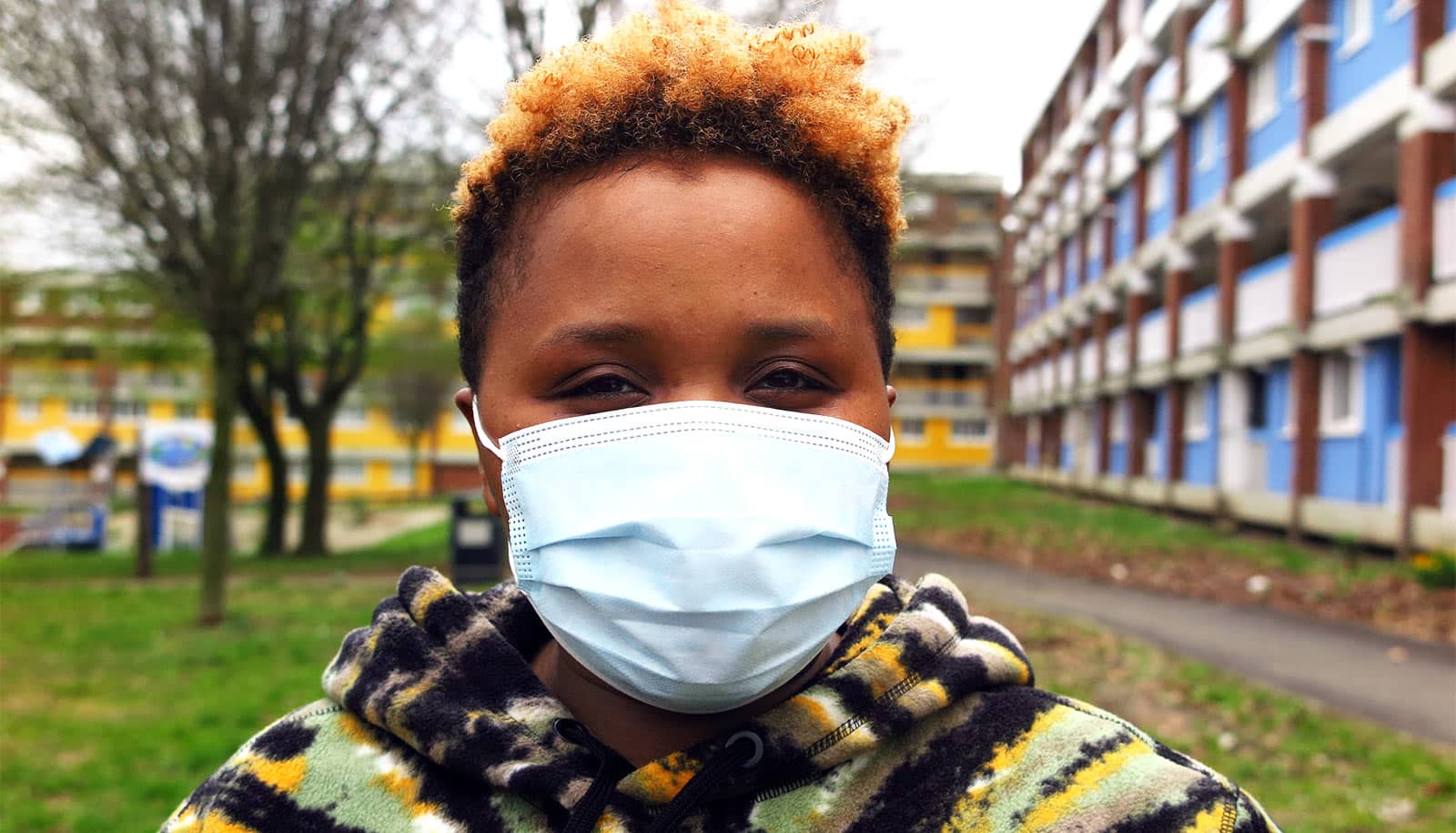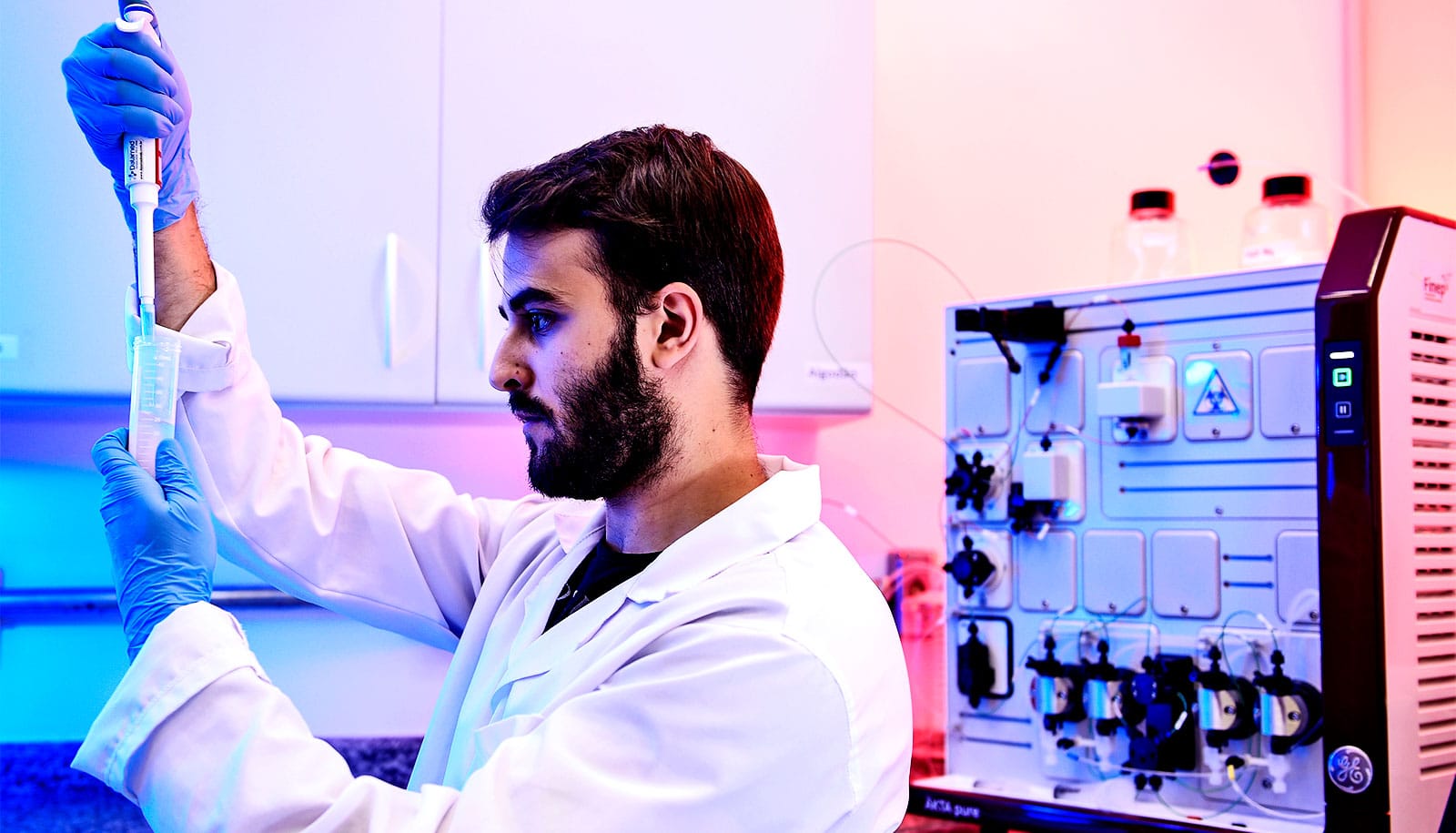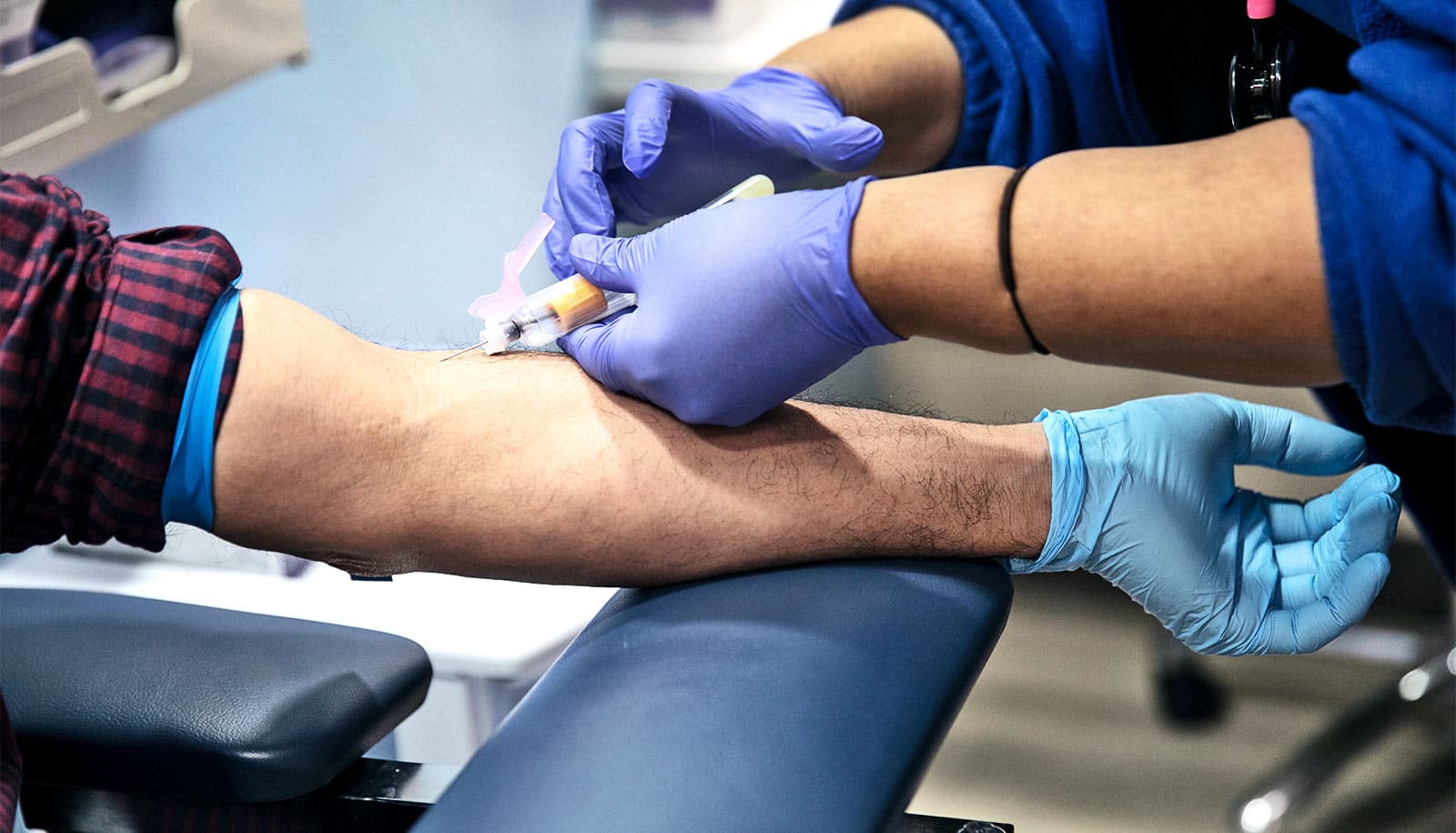Test samples people collected by swabbing their own noses yielded results for COVID-19 as accurate as samples a health care worker collected, according to a new small study.
The 30 study participants, who previously had tested positive for COVID-19, collected their own samples at a drive-through testing site after watching a short video animation and reading a one-page document instructing them how to perform the swab. The nasal swab for the study is more comfortable to use than the long nasopharyngeal swab currently used to collect samples from the back of the nasal cavity.
Allowing people who suspect they may have COVID-19 to collect their own sample has many advantages. Sample-collection kits could be widely distributed, allowing more people to get tested. Those using the kit wouldn’t have to travel to a testing site, negating the risk of transmission to health care workers and others with whom they interact in transit. Self-collection would also conserve supplies of personal protective equipment used by health care workers.
“There is an urgent need to increase our testing capacity to slow the overall spread of the virus,” says senior author Yvonne Maldonado, a professor of pediatric infectious diseases and of health research and policy at Stanford University School of Medicine.
“A sample collection procedure that can safely and easily be performed by the patient in their own car or at home could reduce the exposure of health care workers and also allow many more people to submit samples for testing.”
The study participants had tested positive in March at Stanford Health Care for the virus that causes COVID-19. Maldonado and her team contacted each of them by phone at home and provided them with written instructions and a short video about how to collect a nasal swab.
They asked participants to return for drive-through testing. At that visit, they collected their own specimen by applying a nasal swab to both nostrils. Then, a physician collected two additional samples using a nasal swab and a swab applied to the back of the throat and the tonsils. Researchers tested all three samples for the presence of the virus.
Of the 30 participants, 29 received identical results—either positive or negative for the presence of the virus—for the three samples. Eleven of the participants were positive, and 18 were negative. One person’s self-collected swab at the drive-through site revealed the presence of the virus, whereas the two swabs collected by the physician tested negative.
The researchers were also interested in learning how long an infected person would test positive for the virus after they first experienced symptoms.
Twenty-three participants reported that they first experienced symptoms between four and 37 days prior to returning for the drive-through test. (The timing of symptom onset was unavailable for seven of the participants.) Of the 12 people who returned within two weeks after symptoms began, seven tested positive; of the 11 people who returned for testing more than two weeks after symptom onset, only two tested positive.
“It is critical for us to understand how long an infected person may remain infectious and what the pattern of transmission might be within their household,” Maldonado says.
“This information would help public health workers craft guidelines as to how long a person with COVID-19 should remain quarantined and when it is likely to be safe to interact again with family members and coworkers. Understanding the timeline of viral shedding will be particularly important for previously infected health care workers who are needed to care for other COVID-19 patients.”
The study appears in the Journal of the American Medical Association.
Source: Stanford University



